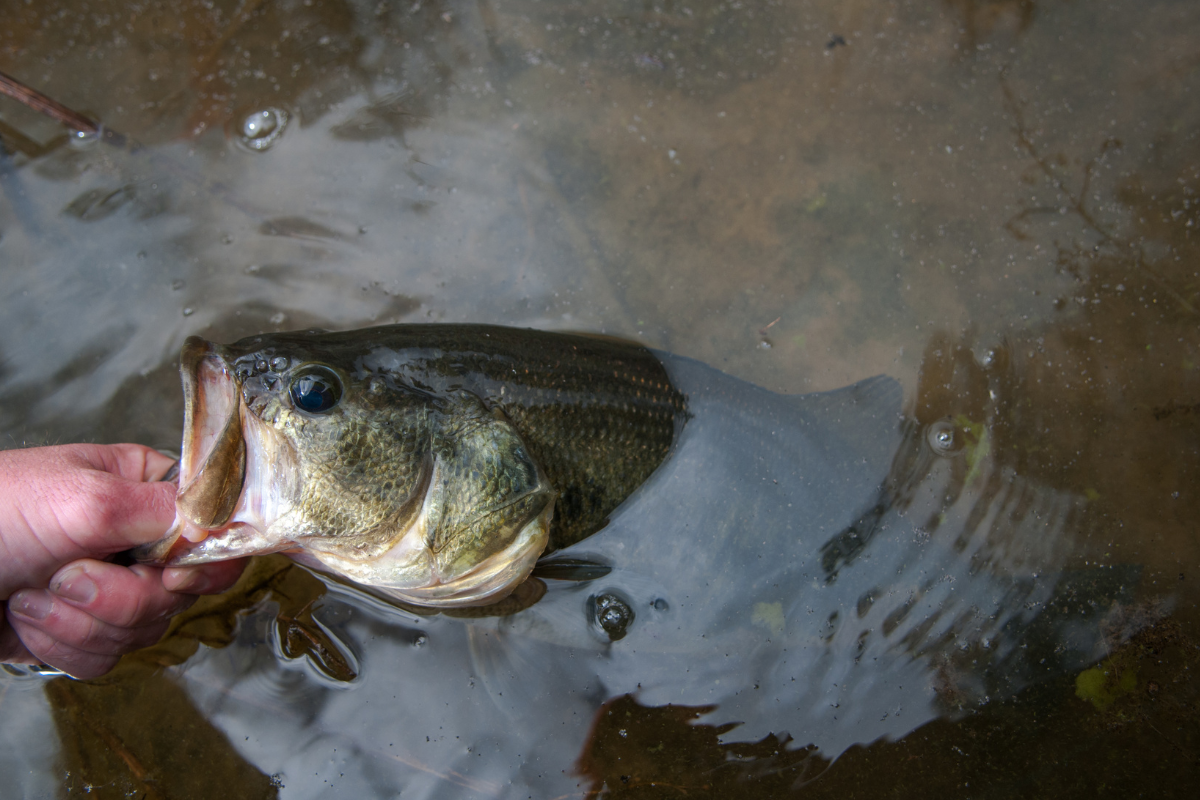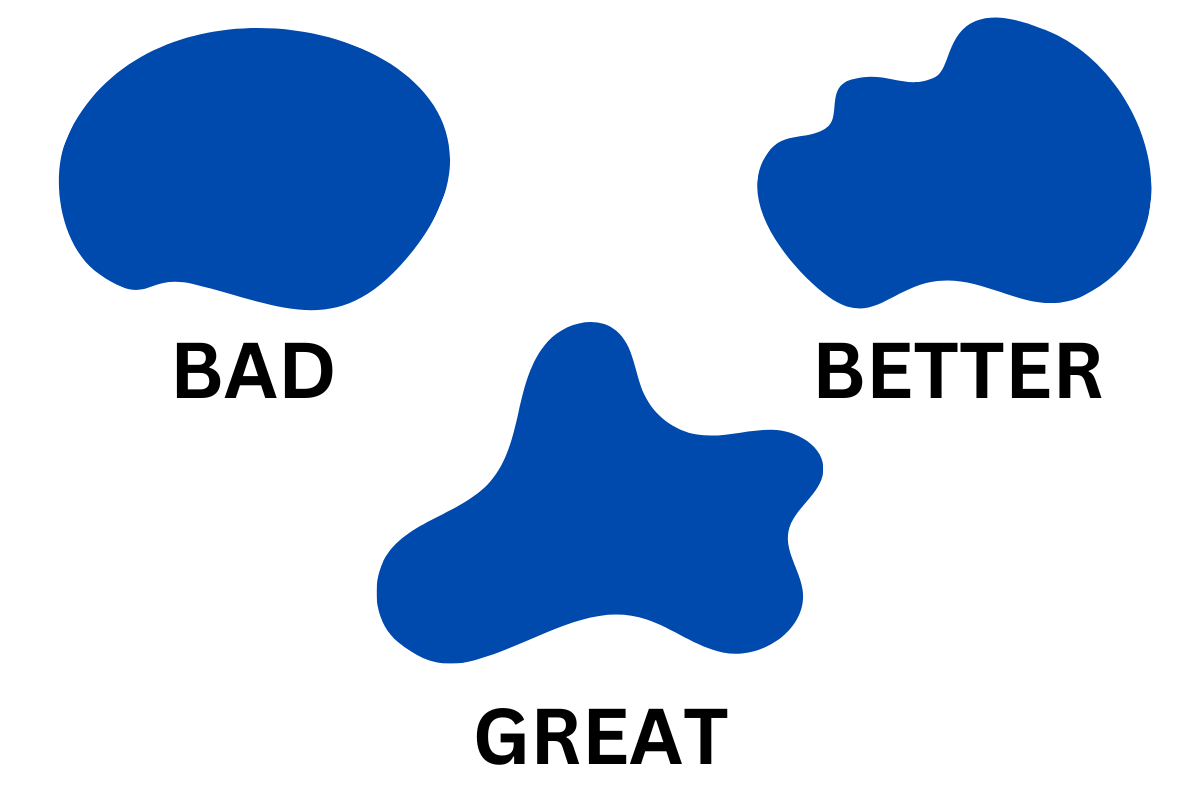Is It a Fishing Pond?
If you’ve done much fishing in farm ponds, you know the big predators like largemouth bass are usually found in the nooks and crannies of the pond. While you may catch a few fish in the middle of the pond, most of the fish will be caught near some type of structure, a contour in the perimeter of the pond, or an undulation in the bottom of the pond. These are important things to consider when building or renovating a fishing pond.
Many “farm ponds” are initially built for agricultural irrigation or water diversion purposes. They weren’t built with a high-quality fishery in mind, but now having a fishing pond may be secondary desire for the pond owner. Most of these farm ponds have a circular or rectangular shape with little contour around the edges of the pond. They also usually don’t have much contour in the bottom of the pond.

Bass Like Contours
Largemouth bass are ambush predators. They’re not built for chasing prey over wide open water. They like to sit on the edge of vegetation or structural contours and ambush their prey. That’s why you’ll frequently catch them near a weed line or brush pile.
When we’re performing a population survey on a fishing pond, those are the types of areas we target. We rarely catch fish when moving through the center a pond. We always catch the big ones in the pockets near some type of vegetation, trees, or brush.
If a pond doesn’t have any ambush habitat for largemouth bass, the bass are more than likely underweight. We see this all the time when sampling ponds that don’t have any structural contours, vegetation, or brush piles. The bass in these ponds are expending much more energy because they’re having to chase their prey as opposed to ambushing it. As a result, they rarely grow to trophy size.
Ponds without contours also make fishing more difficult. While everyone enjoys a good challenge, fishing is tough when the pond doesn’t have any “pockets” to concentrate fish. It’s like fishing in the center of a huge lake where you’re struggling to find the fish and get a bite.

Building the Perfect Fishing Pond
When building a new fishing pond or renovating an existing one, try to create as many contours around the edge as possible. Features like islands, peninsulas, and shallow fingers of the pond will provide prime habitat for predators and prey. The goal should be to maximize the surface area of the pond. A rectangular or a round fishing pond will have much less surface area than a pond with lots of peninsulas and pockets, although the water volume could still be very similar.
Prey fish will school and congregate around these structural contours. They’ll use these areas to seek refuge from predators and use these areas for spawning. Predators like largemouth bass will benefit from these concentrations of prey as they ambush their prey inside and around these pockets. They’ll spend much less energy catching prey and will be robust as a result.
The only downside to peninsulas and/or islands is mowing. You’ll want to make your peninsulas wide enough to mow or manage the land vegetation. You’ll also want them wide enough so they don’t erode. If the peninsulas are too thin, they could easily disappear over time due to heavy rainfall.
If your new fishing pond is being created amongst a wooded area, consider leaving some of the trees and brush in the center of the pond. This will create prime habitat for largemouth bass to grow to their full potential. Not only will it add horizontal contours to the pond, but it will provide vertical undulations as well.
We Can Help with Your New Pond!
If you’re in the south GA or north FL areas and are considering building or renovating a fishing pond, we’ll be glad to help with the pond design. Just complete this form and we’ll contact you to schedule a time to meet. We look forward to turning your new pond into a productive fishery for years to come!

